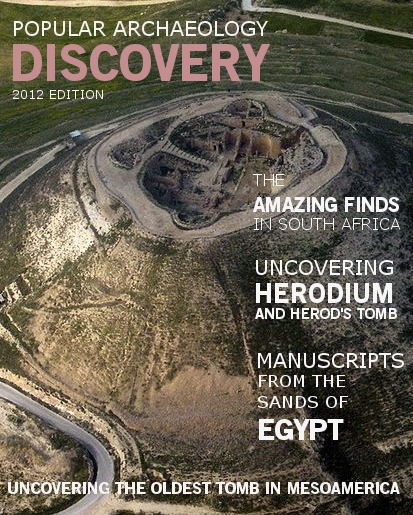
Foraging patterns of modern human hunter-gatherers may provide clues to how ancient hominin (early human) ancestors foraged for food sources. One such modern pattern may have allowed these early hominins to explore further.
Called the “Lévy walk” pattern, it is characterized by mostly short steps with occasional long travels. Many animals also forage for food in this pattern. It facilitates finding unevenly-located resources without advance knowledge of resource distribution. David A. Raichlen and colleagues studied the behavior by observing 44 individuals of the Hadza hunter-gatherer people of Tanzania. They equipped them with GPS units and tracked their movements over 342 foraging activities from two camps through both dry and rainy seasons. What they found was that 42% of the foraging events resembled distributions of Lévy step lengths, or the distance traveled before pausing or turning more than 40 degrees. It confirms that some humans today follow the same foraging patterns when searching for food resources of unknown distribution.
Reports Raichlen, et. al, “Lévy walks may have become common early in our genus when hunting and gathering arose as a major foraging strategy, playing an important role in the evolution of human mobility.”*
Their research study has been published in the Proceedings of the National Academy of Sciences.
____________________________________________________________________________________________
Hadza hunter-gatherers survey the Tanzanian landscape. Credit: Image courtesy of Brian Wood.
________________________________
Cover Photo, Top Left: Hadza hunter-gatherers during a foraging bout. Credit: Image courtesy of Brian Wood.
*Research Article: “Evidence of Lévy walk foraging patterns in human hunter–gatherers,” by David A. Raichlen et al.
_______________________________________________________________________________________________________________________
Read about the most fascinating discoveries with a premium subscription to Popular Archaeology Magazine. Find out what Popular Archaeology Magazine is all about. AND MORE:
 On the go? Purchase the mobile version of the current issue of Popular Archaeology Magazine here for only $2.99.
On the go? Purchase the mobile version of the current issue of Popular Archaeology Magazine here for only $2.99.
And, Popular Archaeology’s annual Discovery edition is a selection of the best stories published in Popular Archaeology Magazine in past issues, with an emphasis on some of the most significant, groundbreaking, or fascinating discoveries in the fields of archaeology and paleoanthropology and related fields. At least some of the articles have been updated or revised specifically for the Discovery edition. We can confidently say that there is no other single issue of an archaeology-related magazine, paper print or online, that contains as much major feature article content as this one. The latest issue, volume 2, has just been released. Go to the Discovery edition page for more information.
Subscription Price: A very affordable $5.75 for those who are not already premium subscribers of Popular Archaeology Magazine (It is FREE for premium subscribers to Popular Archaeology). Premium subscribers should email [email protected] and request the special coupon code. Or, for the e-Book version, it can be purchased for only $3.99 at Amazon.com.




